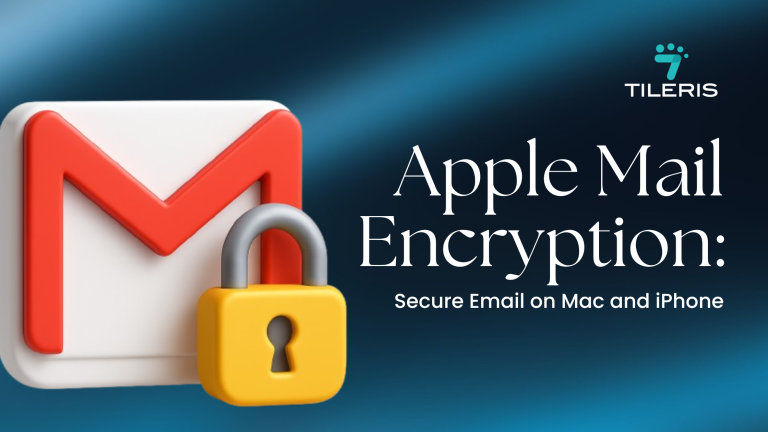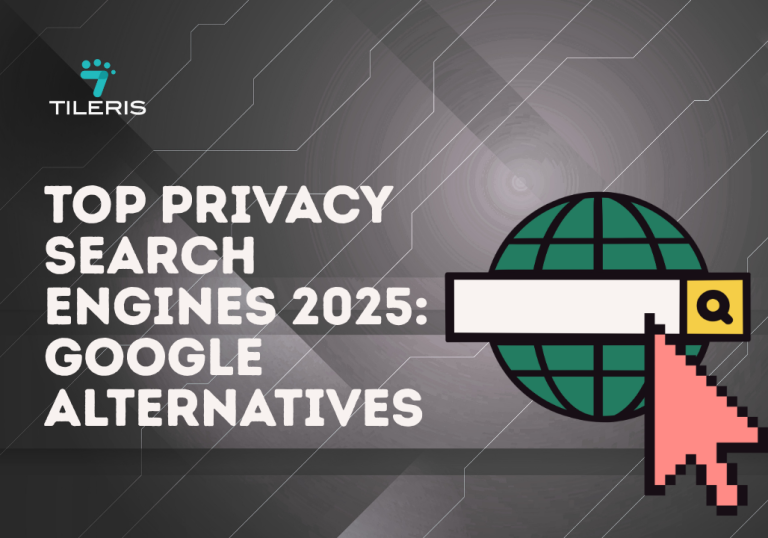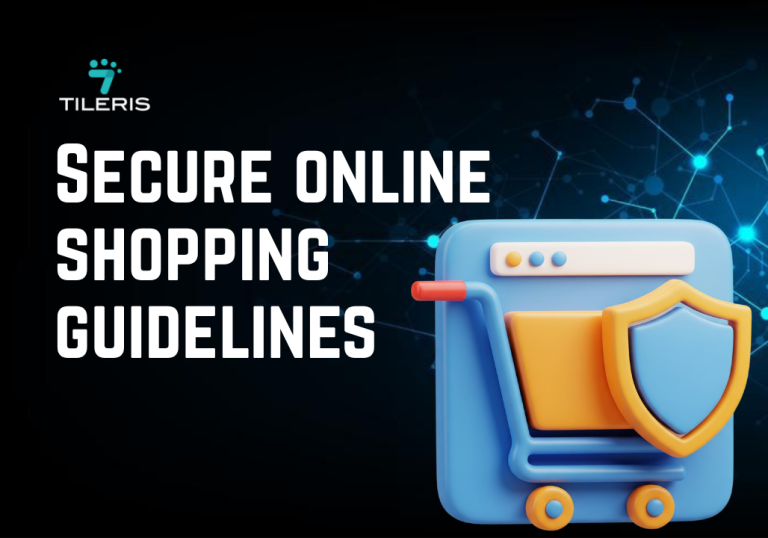Strategies To Reduce Email Tracking And Surveillance
Introduction
Imagine this: You open an email, and that simple act just broadcast your exact location to a dozen unseen entities. Your inbox, that seemingly personal space, is actually a bustling data collection point. Every click, every glance, even emails you thought you’d deleted, can be silently reporting back, giving details of your online behavior. But you’re about to flip the script. This guide will shine a light on the cunning tactics used to spy on your email activity and then teach y proven methods to reduce email tracking dead in its digital tracks. Get ready to learn how to reduce email tracking and seize command of your email privacy protection like never before.
The Silent Watchers: What Data Is Being Collected?
Think of your email in email privacy protection as a secret conversation, but someone’s peering over your shoulder. That’s why you need to reduce email tracking. It relies on subtle cues that fire off data to the sender the moment you interact with their message. At the heart of this hidden monitoring are tracking pixels, often just a single, transparent dot or screenshot. When your email client fetches this tiny image, it triggers a cascade of information back to the sender. They instantly know the following:
- Your precise open time: The exact second you engaged with the email.
- Your general location: Inferred from your IP address, revealing your city or region.
- The device you’re using: Whether you’re on a phone, tablet, or desktop computer.
- Your operating system and email application: Details like “Android 14” or “Outlook for Windows.”
- How many times you’ve revisited the email: Gauging your level of interest.
Quick Tip: It’s startling to realize the extent of this. Data from researchers like the Electronic Frontier Foundation (EFF) indicates that a vast majority of commercial emails, often over 80%, contain these invisible tracking pixels, forming intricate data trails of your activity. This isn’t just about marketing; it’s about companies building detailed profiles that can influence everything from personalized ads to more direct targeting.
Instant Protection Methods: Cut that Leash You Can’t See
Ready to dismantle this unseen surveillance? These strategies are your immediate tools to block tracking pixels, reduce email tracking and fortify your email privacy protection.
1: No-Image Loading (The Shield)
This is your simplest, yet most effective, initial defense. Since most email tracking pixels are tiny images, preventing your email client (such as Gmail) from loading images automatically essentially blinds the tracker. Here’s how to apply this vital fix, typically within two minutes:
- For Gmail (Web): Access your Settings (the gear icon) > then “See all settings” > navigate to “General.” Find the “Images” section and select “Ask before displaying external images.”
- For Outlook (Web): Go to Settings (gear icon) > “Mail” > “Junk email.” Look for “Filters” and ensure the option “Block attachments, pictures, and links from anyone not in my Safe Senders list” is checked.
- For Apple Mail (macOS): In Mail > Settings > Privacy. Verify “Protect Mail Activity” is enabled, and if you seek maximum lockdown, also uncheck “Load Remote Content.” Read more on Apple Mail here and here.
- Mobile Email Apps: Search your specific app’s settings for phrases like “Load images automatically,” “Display remote content,” or similar. Disable this feature.
2: Embrace Privacy-Centered Email Applications
Your choice of email application is a frontline decision for your email privacy protection. Some applications are inherently designed to champion user privacy and actively help reduce email tracking serving as blockers.
- ProtonMail: Renowned for its end-to-end encryption by default, ProtonMail is built with a strong commitment to user privacy, often stripping out tracking pixels and minimizing metadata collection without extra effort from you. It’s a top choice for those prioritizing anonymous email providers.
- Hey.com: This service stands out by actively identifying and blocking all email trackers, then transparently showing you which ones it prevented from collecting data in each email.
Choosing secure email apps means built-in email privacy protection, often requiring minimal manual configuration on your part.
3: Email Aliases and Forwarding (Your Digital Disguises)
Think of email aliases as unique, single-use digital masks for your primary email address. Instead of exposing your main email, you distribute these disposable aliases when signing up for services or newsletters.
- The mechanism: Services like DuckDuckGo Email Protection (a free tool) or SimpleLogin generate distinct, randomized email addresses (e.g., purple-dragon-789@duck.com) that seamlessly forward messages to your genuine inbox.
- The strategic benefit: If an alias begins to receive unsolicited spam, or if a company associated with that alias experiences a data breach, you can simply deactivate that specific alias. This severs any connection to your real email and isolates the source of the unwanted activity, proving highly effective to prevent and reduce email tracking and surveillance from targeted marketing lists.
4: Browser Extensions (Your Webmail Bodyguards)
If you primarily access your email through a web browser (like Gmail or Outlook.com), browser extensions are indispensable allies. They diligently work in the background, identifying and neutralizing tracking pixels and scripts before they can load.
- uBlock Origin: A highly powerful, open-source, and free ad-blocker that also excels to reduce email tracking embedded in webmail.
- Ghostery: This extension specializes in uncovering and blocking various tracking technologies found across the internet, including those hidden within emails.
- PixelBlock (for Gmail): An extension crafted specifically for Gmail users, it robustly blocks tracking pixels and provides visual confirmation when it has done so.
Quick Tip: Install these extensions across all your web browsers. They often provide continuous, passive protection against common trackers, requiring minimal ongoing management.
5: Encrypted Email Providers (True Secrecy)
Beyond simply blocking pixels, genuine email encryption ensures your messages are scribbles and doodles to anyone but the intended recipient. If your priority is absolute privacy, especially for sensitive exchanges, consider moving to a dedicated encrypted service.
- ProtonMail and Tutanota (previously highlighted) are prime examples. They offer true end-to-end encryption, meaning your emails are transformed into an unreadable code from the moment you hit “send” until the recipient’s device decrypts them. Crucially, even the service provider cannot access the content of your messages.
- The profound impact: Even if an advanced tracker bypasses other defenses, the content remains encrypted, rendering it useless. These encrypted email providers are fundamentally designed with user email privacy protection as their core principle.
For individuals handling highly sensitive or confidential information, exploring these secure email apps is not merely a suggestion, it is a critical requirement to reduce email tracking.
6: Gmail/Outlook Privacy Settings (Unlock Hidden Defenses)
Even within widely used email platforms, powerful, often overlooked, email privacy protection settings exist that you can fine-tune to significantly curb tracking.
- For Gmail users: Beyond controlling images, delve into your Google Activity controls. You have the power to configure specific data types (like Web & App Activity) to automatically purge after a set period. Also, scrutinize “Personalization & data” settings to limit how your data influences targeted experiences.
- For Outlook users: In addition to blocking images, review your Junk Email filters and access your Microsoft privacy dashboard to manage data collection settings related to your account interactions.
- Mobile App Privacy Controls: On your smartphone (whether iOS or Android), navigate to your device’s core Settings > Privacy. Here, meticulously review which installed email applications possess permissions to access your location, contacts, camera, or other sensitive data. Restrict these permissions for your email apps to only the absolute minimum necessary for their core functionality. This directly curtails the amount of personal information those apps can potentially collect and transmit.
Quick Tip: Make it a habit to explore your primary email account’s settings page every few months. Service providers occasionally introduce new privacy controls or new default tracking features, and you need to be proactive in adjusting them to your preferences.
7: Decoy Techniques (Confuse the Surveillance)
This tactic isn’t about direct blocking, but rather about creating digital “noise” to obscure your real patterns from persistent trackers, deliberately muddying the collected data.
- VPN + Email Combinations: Employing a robust Virtual Private Network (VPN) is a tool to cover your true IP address. When your VPN connection is active, all your internet traffic, including email activities, is routed through the VPN server. This makes it appear as if you are accessing your email from the VPN server’s location, not your own, directly influencing the location data trackers collect. This is particularly beneficial for email privacy protection for remote workers who might be operating from less secure public networks.
- Deliberate Decoy Opens: If you strongly suspect a particular email contains an active tracker, strategically open it from a different device, connect via a different network (e.g., mobile data instead of Wi-Fi), or use a VPN specifically for that open. This intentional variation adds inconsistent data points to the tracker’s profile, making it significantly harder for them to build an accurate, consistent record of your behavior.
Advanced Privacy Tactics
Ready to elevate your email privacy protection beyond the standard defenses? These advanced tactics offer even greater layers of anonymity and control over your digital footprint.
- VPN + Email Combinations (Strategic Use): A high-quality VPN isn’t just for general secure Browse; it’s a fundamental component for completely obscuring your IP address and reduce email tracking.
- Truly Anonymous Email Services: For scenarios demanding extreme anonymity, such as whistleblowing or highly sensitive private communications, consider services that are not only built with zero-knowledge encryption but also allow for completely anonymous signup without requiring any personal identifying information.
- Personal Custom Domain Strategies: Investing in your own domain name (e.g., yourname.net or secure-mail.info) and configuring your email through it provides an unparalleled degree of control. You can then route your email through specialized forwarding services that automatically strip out tracking elements before messages ever reach your primary inbox. This instantly reveals if a service has shared or leaked your email, providing a granular level of email privacy surveillance protection guide and data management.
Conclusion
The unsettling truth to reduce email tracking and surveillance is now laid bare, but so is your power to counteract it. By understanding tracking pixels and other methods, you’re not just passively shielding yourself; you’re actively reclaiming your digital sovereignty. From opting out of automatic image loading to embracing secure email apps, leveraging robust email privacy protection, and meticulously managing your privacy email settings, every decision you make fortifies your inbox into a more private, impenetrable digital sanctuary.
Seize control. Protect your data. Your email privacy protection is more than merely avoiding a phishing scam; it is about safeguarding your email privacy protection. Ready to secure your inbox with enduring strength? Download our free security checklist for more advanced ways to communication security.





